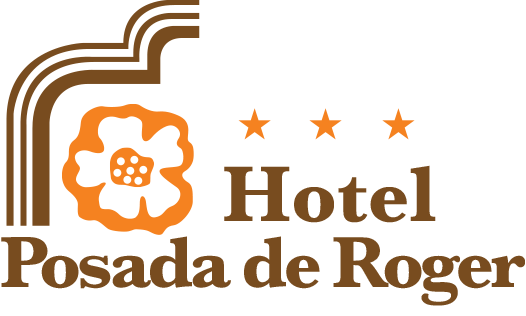Each day is closer one of the most emblematic and important cultural expressions of our country, the date when the world of the living coexist with the dead. In various parts of the world Halloween, a tradition of Celtic origin in which masks and costumes are used to prevent evil spirits from harming humans it is celebrated. In Mexico, however, souls are venerated, and encourage your visit with the Day of the Dead. A festival that honors the lives of those who are gone and receives with excitement and joy, full of scents, colors and flavors, which are mixed with nostalgia and why not a little touch of humor.

In Mexico it is believed that the dead return to the material plane to visit his relatives and friends and to bring prosperity (good harvest) or misfortune (diseases, accidents, financial difficulties …). For this reason, they are welcomed with food, drink and their favorite objects, to keep them happy. In addition, to facilitate their arrival and departure, flower and candle paths are marked from the house of the deceased to the cemetery, accompanied by various offerings or symbolisms. These are the main ones:
Skulls made of sugar or chocolate: they are the representation of death. The name is written on his forehead so that there is no doubt of who represents. It is a reminder that all a man have for sure is death.
Pan de muerto: is a representation of the Catholic Eucharist. Usually done of anis half sphere shaped bones and figures on top.
Marigold flower: first came into use by the Aztecs in their rituals of death during the rainy season. It was considered that could keep the sunlight, that is the origin of everything. It is believed that the smell of flowers attracts and guide the souls of the dead.
Perforated paper: is a Mexican craftsmanship that is used to color, joy and life. all colors except black, which represents death, are used. It is also considered a symbol of air.
Candles: these are the lights that guide the path of the dead, both toward the material world and back to the underworld.
The altars are the ultimate representation of this Mexican holiday in which space we honor those who have died. The altars are organized by levels and, depending on the level, different symbolic objects are placed. Commonly mounted at 12 pm on November first and removed at 12pm the next day.
The most common versions are 2, 3 and 7 levels. The first represents the sky and the earth and objects of both worlds are placed in each section; the second represents heaven, earth and the underworld and, as before, the objects that represent each are placed in their section. The third is a bit more complex, represents the seven levels through which must pass the soul to rest, according to the Mexica belief. The altar of seven levels is the most widely used.
Way to the altar a path made with marigolds to guide the spirits to the altar, incense and ocote (a type of pine resin) is also used to attract them. The tables in which the gift is placed are covered with white sheets representing force. The colors that are used to decorate altars are purple and orange, the first represents the Catholic mourning and the second Aztec mourning.
At the end of the day this Mexican tradition can be a bit strange for many people, regardless of where they come from or whatever their culture is, but yet there is no doubt that this is one of the traditions that gives us identity, this is where we show which really they are our roots and we look to the past to honor and remember those who are no longer with us, and at the end that is what we all want, the fact of not being forgotten.
Day of the Dead in Puerto Vallarta
As every year, come and be part of the celebration of one of the most representative traditions of Mexico. Walk the exhibition of altars, catrinas, carpets of flowers and enjoy all the activities of the Festival while you taste a delicious pan de muerto.
